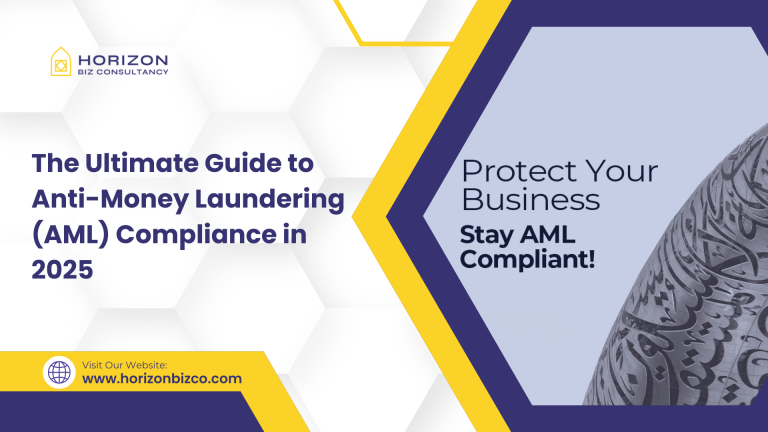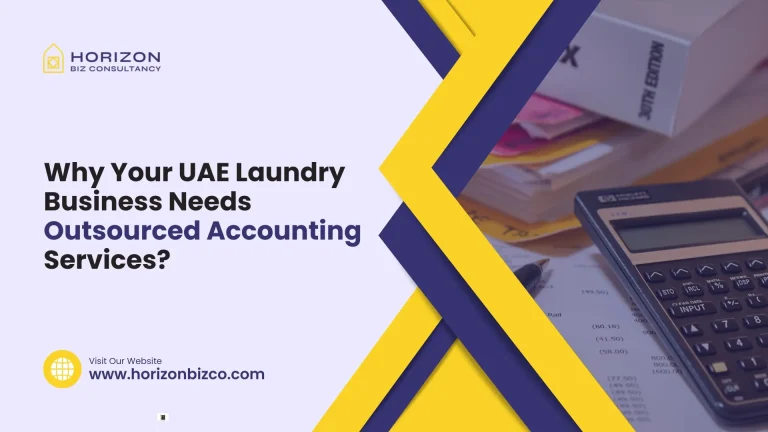Introduction
In today’s fast-evolving financial landscape, Anti-Money Laundering (AML) compliance is no longer just a regulatory necessity; it has become a strategic business priority. It is crucial for protecting organizations not only from regulatory penalties but also from the broader risks of financial crime, reputational damage, and operational disruption.
As AML requirements tighten and new technologies reshape financial services, businesses must shift from a reactive compliance approach to a proactive, future-ready framework. Understanding the latest AML trends and best practices in 2025 is vital for ensuring that your business remains compliant, resilient, and competitive in a challenging environment.
Why AML Compliance is Critical in 2025
Regulators worldwide are increasing their scrutiny, with AML-related fines crossing billions of dollars globally in 2024 alone. According to industry reports, financial institutions paid nearly $5.8 billion in AML penalties across 2024, underlining the consequences of weak frameworks.
But regulatory fines are only part of the story. The financial system is now exposed to emerging risks cryptocurrency, complex fraud schemes, money-laundering networks exploiting geopolitical tensions, and sophisticated cyberattacks.
For businesses, failing to comply with AML obligations in 2025 can mean:
- Severe financial penalties that can cripple operations
- Loss of banking relationships, especially for companies in high-risk industries
- Reputational damage that impacts customer trust and investor confidence
- Operational disruption from audits, investigations, and regulatory restrictions
In short, robust AML frameworks are not optional; they are essential for business survival and long-term credibility.
Key AML Trends to Watch in 2025
1. AI and Machine Learning Revolutionizing AML
Artificial Intelligence (AI) and machine learning are transforming how suspicious activity detection works. Instead of relying only on static, rule-based systems, businesses are now using predictive models that learn from past behaviors and identify hidden anomalies.
Example: An AI model can flag a subtle layering pattern in crypto transactions that might otherwise slip through traditional filters.
Benefits of AI in AML:
- Reduced false positives
- Faster investigation times
- Predictive risk management instead of reactive responses
AML Detection – Manual vs AI-Powered
| Factor | Manual Systems | AI-Powered Systems |
| Detection Speed | Slow | Real-time |
| False Positives | High | Significantly lower |
| Complexity Handling | Limited | Advanced patterns |
| Predictive Capabilities | None | Strong |
2. Real-Time Sanctions and PEP Screening
Geopolitical events and global sanctions lists are changing daily. In 2025, watchlists for sanctions and Politically Exposed Persons (PEPs) are updated every 15 minutes or less.
This means businesses cannot rely on weekly or even daily updates; they need real-time screening to avoid onboarding or transacting with blacklisted entities.
Companies that adopt continuous screening are better equipped to avoid regulatory violations and manage reputational risks.
3. Managing AML Risks in Crypto and Deify
The rise of cryptocurrencies and decentralised finance (DeFi) brings both opportunities and risks. While these technologies are reshaping financial inclusion, they are also being exploited for illicit money flows.
- Criminals use mixers and privacy coins to conceal identities.
- DeFi platforms lacking proper KYC/AML controls are vulnerable to abuse.
- Regulators are increasingly targeting exchanges and wallets with stringent compliance expectations.
Blockchain analytics tools are now essential for wallet screening and tracing suspicious transactions.
4. Risk-Based Customer Due Diligence (CDD)
In 2025, AML programs are moving away from a one-size-fits-all model. Instead, businesses are prioritising risk-based approaches:
- Low-risk customers → standard CDD checks
- High-risk customers → enhanced due diligence (EDD), with deeper scrutiny into source of funds, beneficial ownership, and transaction patterns
This ensures efficient resource allocation, with compliance teams focusing on the riskiest areas instead of spreading themselves too thin.
5. Increasing Global Regulatory Collaboration
Money laundering is a borderless crime. Regulators across regions are working together like never before, sharing data and cooperating on enforcement.
Advanced RegTech platforms are enabling cross-border compliance by:
- Automating regulatory reporting
- Connecting institutions with shared watchlists
- Facilitating joint investigations across jurisdictions
For global businesses, this means greater harmonisation of AML rules but also higher expectations for compliance readiness across multiple geographies.
Building a Strong AML Framework in 2025
To stay compliant and competitive, organisations must go beyond tick-box compliance and build resilient AML frameworks:
- Implement Risk-Based CDD & EDD: Assess customer and transaction risks systematically for targeted due diligence.
- Employ AI-Enabled Behaviour Analytics: Detect hidden layering, unusual transfers, and structuring attempts.
- Enable Continuous Real-Time Monitoring: Automate alerts, integrate case management, and streamline SAR (Suspicious Activity Report) filing.
- Focus on Crypto Compliance: Use blockchain analytics for wallet screening, KYC integration, and DeFi risk assessment.
- Validate AI Models Regularly: Ensure AI-driven tools are auditable, explainable, and free from bias.
- Ensure Executive Oversight: Boards should review and approve AML policies annually, making AML a top-level governance issue.
- Provide Ongoing Staff Training: Regular training on new threats, typologies, and regulations ensures compliance is embedded across the organisation.
Key Pillars of an AML Framework in 2025
| Pillar | Description | Impact |
| Risk-Based CDD/EDD | Tailored due diligence by risk profile | Stronger compliance focus |
| AI-Enabled Analytics | Predictive transaction monitoring | Faster detection |
| Real-Time Screening | Continuous sanctions & PEP checks | Reduced exposure |
| Crypto Monitoring | Blockchain analysis | Safer digital assets |
| Board Oversight | Governance-driven AML policies | Accountability |
| Staff Training | Regular workshops & updates | Culture of compliance |
Conclusion
Adopting a proactive, technology-enabled AML strategy in 2025 is essential not just for minimising risk but also for building long-term resilience. Businesses that embrace AI, real-time monitoring, and robust governance will be better positioned to gain regulatory trust and a competitive advantage.
Remember, AML compliance is not just about avoiding fines; it’s about protecting your business reputation, investors, and customers.
Looking to strengthen your AML framework? Partner with us to implement cutting-edge, tailored AML solutions that keep your business compliant, resilient, and future-ready.
FAQ’s
AI helps detect complex fraud patterns, reduce false alerts, and streamline investigations by processing vast datasets rapidly, making AML efforts more accurate and efficient.
Crypto assets increase anonymity and cross-border complexities, requiring specialised tools like blockchain analytics and stricter customer verification processes.
CDD covers standard checks for low-risk customers, while EDD involves enhanced scrutiny for high-risk individuals or transactions such as politically exposed persons (PEPs) and large fund transfers.
Top institutions update sanctions and watchlists at least every 15 minutes to ensure real-time risk management amid evolving geopolitical climates.
Adopt a risk-based approach, invest in AI-powered monitoring tools, partner with AML solution providers, and maintain continual employee training on AML risks and regulations.





